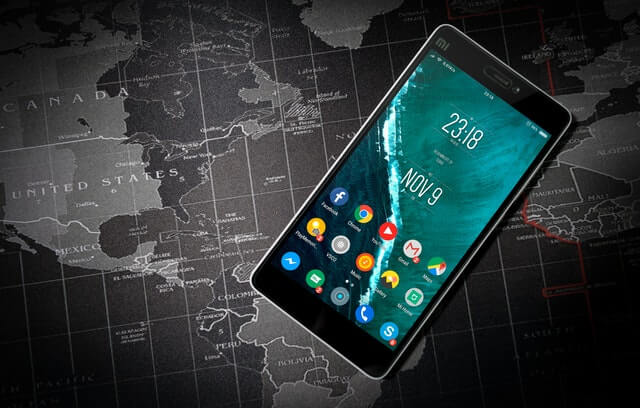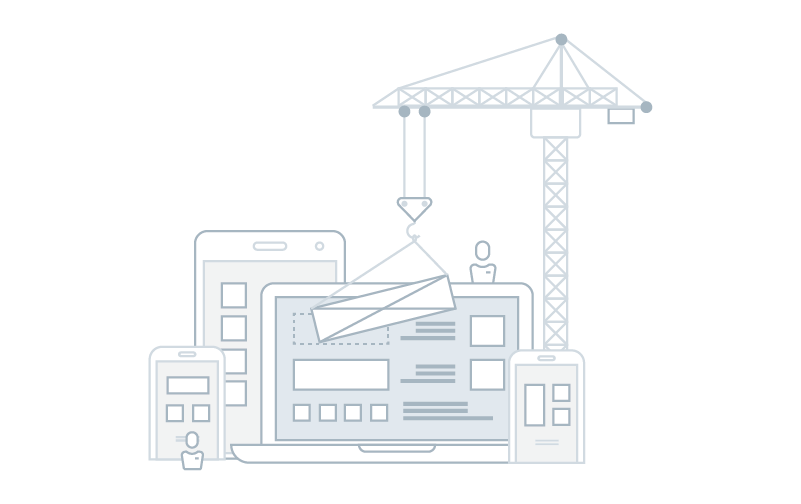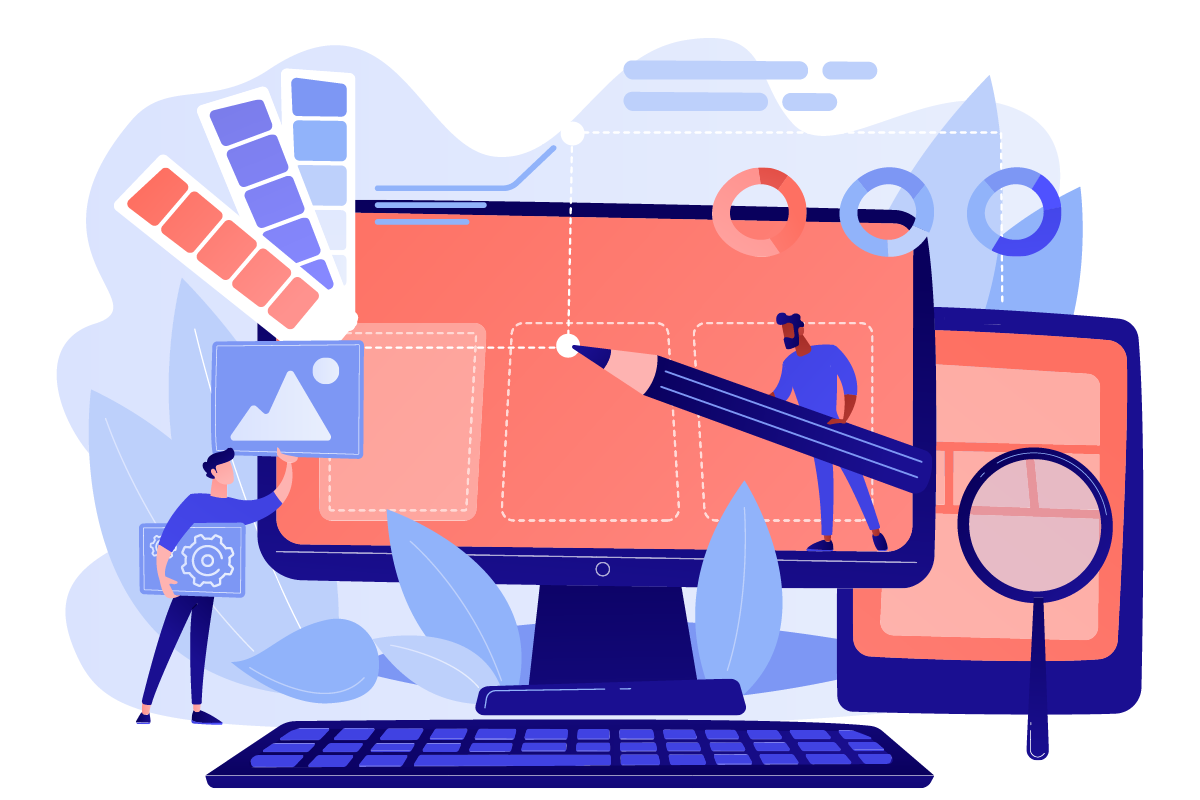The tech buzzwords your organisation can’t afford to ignore in 2017

source: freepik.com
Having reached the halfway point of the year there should be some tech buzzwords you’ve heard flying around the office. Some more important than others, some before their time, and some you might already be behind the curve on if you’re just hearing about now.
So here’s tech buzzwords your organisation should be on top of during the remainder of 2017, because each one of them represents a shift or development which is going to impact on how you run things.
1. The Internet of Things
Until now, the Internet of Things has generally meant your fridge being able to send you a text message when you run out of milk, or at least the promise that it will at some point in the near future. But the other major impact is likely to be seen in what’s been dubbed the Industrial Internet of Things. This is a reference to the fact that factories of all kinds are now likely to be filled with machinery which is packed with internet sensors gathering data on every single process which takes place. A global study by Berg Insight predicted that there would be 43.5 million such devices in place by 2020. The data which is gathered by these devices will allow for constant adjustment and refinement, and will revolutionise manufacturing, supply chains and service provision for organisations and customers alike.
2. Machine Learning

source: freepik.com
Gathering and analysing data is how every kind of organisation will be able to achieve the holy grail of customer satisfaction and operational efficiency rising at the same time — a task which is increasingly falling to Machine Learning. This is the technology that allows computers to analyse data and adapt to new forms of data without actually being programmed to do so. In simple terms, Machine Learning means a computer teaches itself, from past experience, to analyse ever larger amounts of data and use this analysis to make increasingly accurate predictions. Examples of Machine Learning in action include the development of self-drive cars, the recommendations made by Amazon and Netflix and the placing of real time advertisements on mobile devices.
3. Microservices
The word ‘Microservices’ refers to software systems which, instead of being large, all-encompassing structures, are made up of multiple smaller systems which run an individual process whilst communicating with other Microservices around them. Microservices, for example, might deal with individual tasks such as online payment or a product catalogue. The result is a website or application which is flexible, quick moving, and able to adapt easily to changes in scale and business practice. Sites constructed around Microservices include Amazon, Twitter and PayPal.
4. Digital Transformation

source: freepik.com
Digital transformation isn’t just about technology, it’s about people and the approach your people adopt to using technology to solve problems. It’s about improving the customer experience at the same time as streamlining internal efficiency. It’s about an approach which has to run through your organisation from top to bottom, not just through the IT department. It’s about realising that the very phrase ‘digital transformation’ itself is on the cusp of becoming defunct, as the digital world becomes the norm, rather than a direct driver of change.






